Jun. 15, 2023
With the recent adoption of the "dual carbon" targets, China is poised to escalate its efforts in reducing carbon dioxide emissions, embarking on a new and ambitious journey towards carbon peaking and ultimately achieving carbon neutrality.
BIPV, as a pivotal element within the construction industry, plays a crucial role in realizing carbon neutrality. Significantly, it has achieved several breakthroughs in key technologies and industrial development. As pertinent policies and regulations are officially unveiled, the BIPV sector is eagerly preparing for substantial growth.
Data estimations reveal that every unit of electricity generated by BIPV is equivalent to saving 0.4 kilograms of standard coal, leading to a reduction of 0.947 kilograms of carbon dioxide emissions, 0.272 kilograms of dust emissions, 0.03 kilograms of sulfur dioxide emissions, and 0.015 kilograms of nitrogen oxide emissions.
As the demand for renewable energy continues to rise, photovoltaic green building materials have gained significant popularity as one of the favored architectural options. Apart from providing renewable energy to buildings, these materials also imbue structures with a distinctive design style. Over the past years, this innovative building material has been extensively employed in both domestic and international large-scale projects.
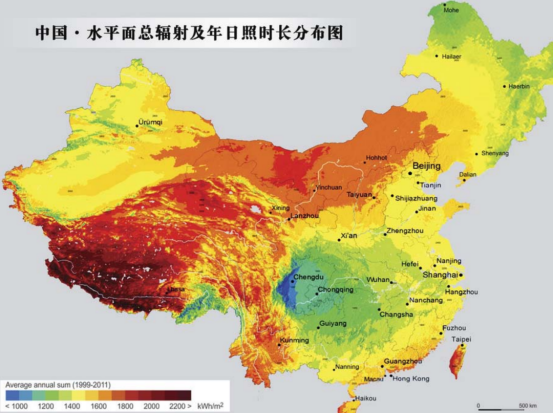
China, known for abundant solar energy resources, boasts an average daily radiation of over 4 kWh/m2/day in the majority of its regions (refer to the figure below). Taking advantage of these inherent conditions and geographical benefits, China has emerged as a global leader in integrated design of photovoltaic buildings and related technologies.
The design process for integrated photovoltaic buildings encompasses six key aspects: basic conditions, planning conditions, conceptual design, technological integration, construction drawing design, and post-operation and maintenance.
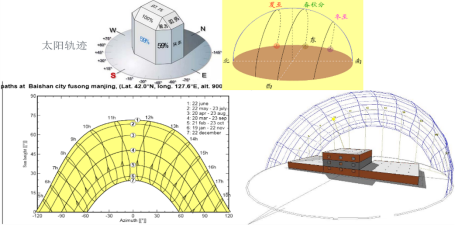
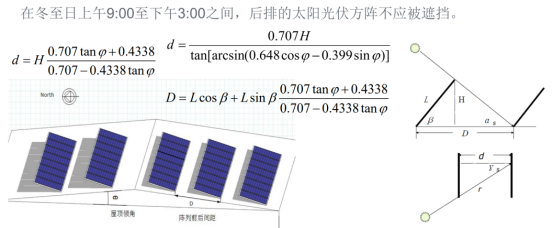
Crucial factors to consider during photovoltaic design include building orientation, annual solar radiation levels, and daylight utilization.
Upon determining the applicable range of photovoltaic green building materials, it becomes essential to select suitable application scenarios and devise an efficient system design. Factors to be taken into account include the geographical location of the building, its orientation, roof area, and solar radiation conditions.
Additionally, the selection of appropriate electrical equipment, such as inverters, string inverters, and DC power optimizers, is crucial based on specific design requirements and usage scenarios.
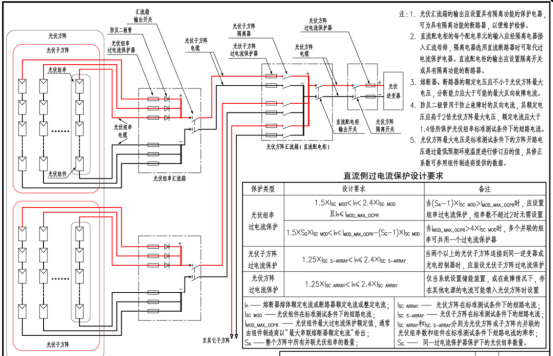
Electrical engineering design involves various aspects, including electrical circuit design, selection of electrical equipment, and lightning protection and grounding design. Furthermore, to ensure stable operation, electrical equipment should be properly configured in line with the building's purpose and requirements.
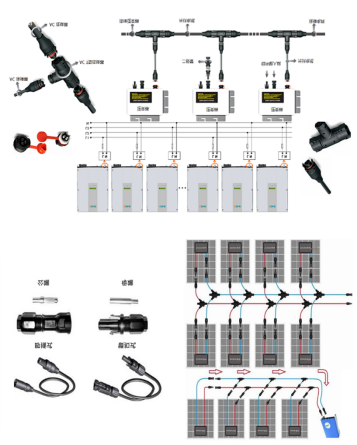
Following the completion of BIPV design, thorough safety and quality inspections are imperative. These inspections encompass structural safety, electrical safety, lightning protection, and other relevant aspects of the building. Additionally, on-site surveys and field tests are conducted to guarantee the safety of the structure and the quality of photovoltaic products.
Moreover, ongoing maintenance and management are essential. This encompasses routine upkeep, troubleshooting, safety checks, and other relevant aspects of photovoltaic green building materials. It is equally important to establish a robust management system to ensure the stable operation and safety of the BIPV system.